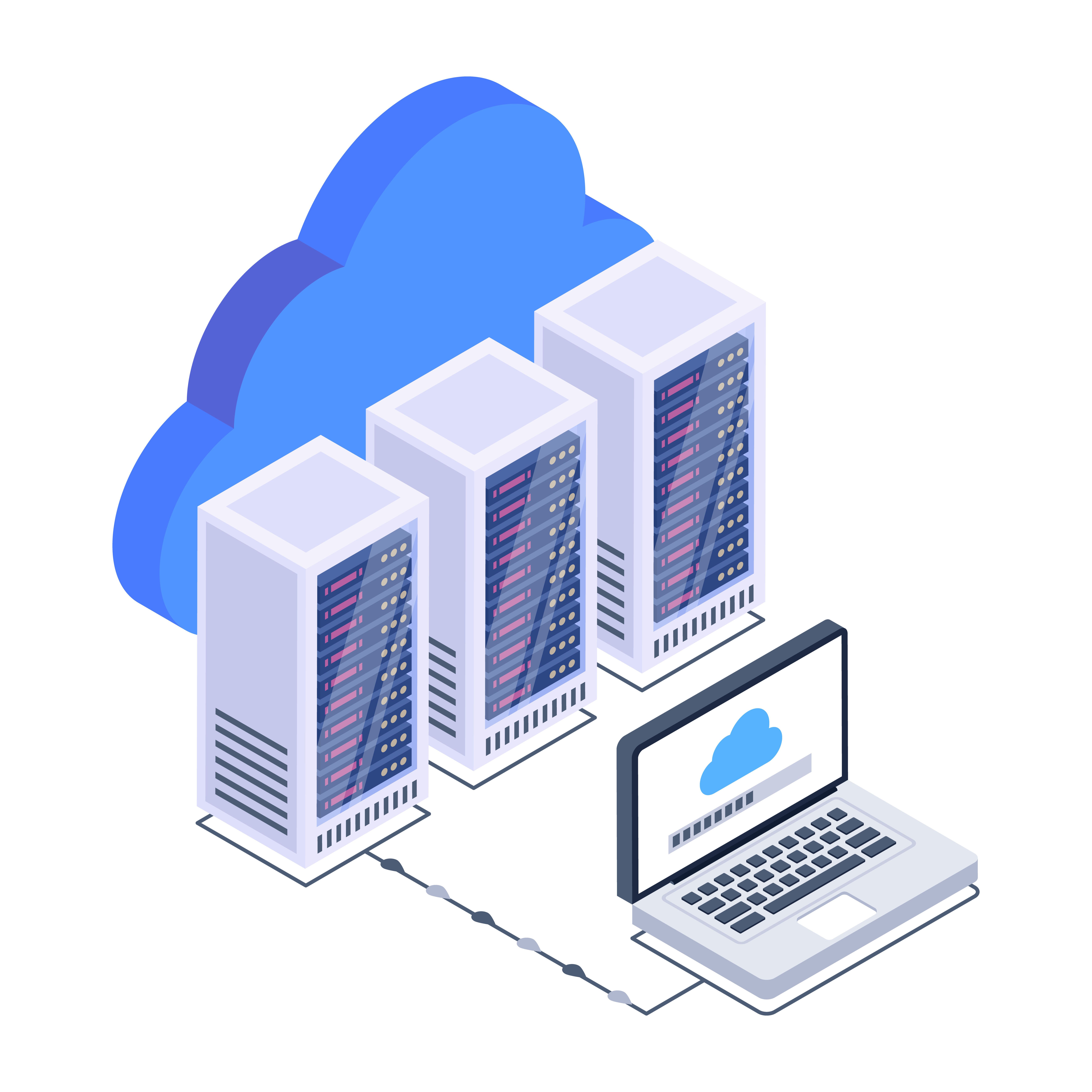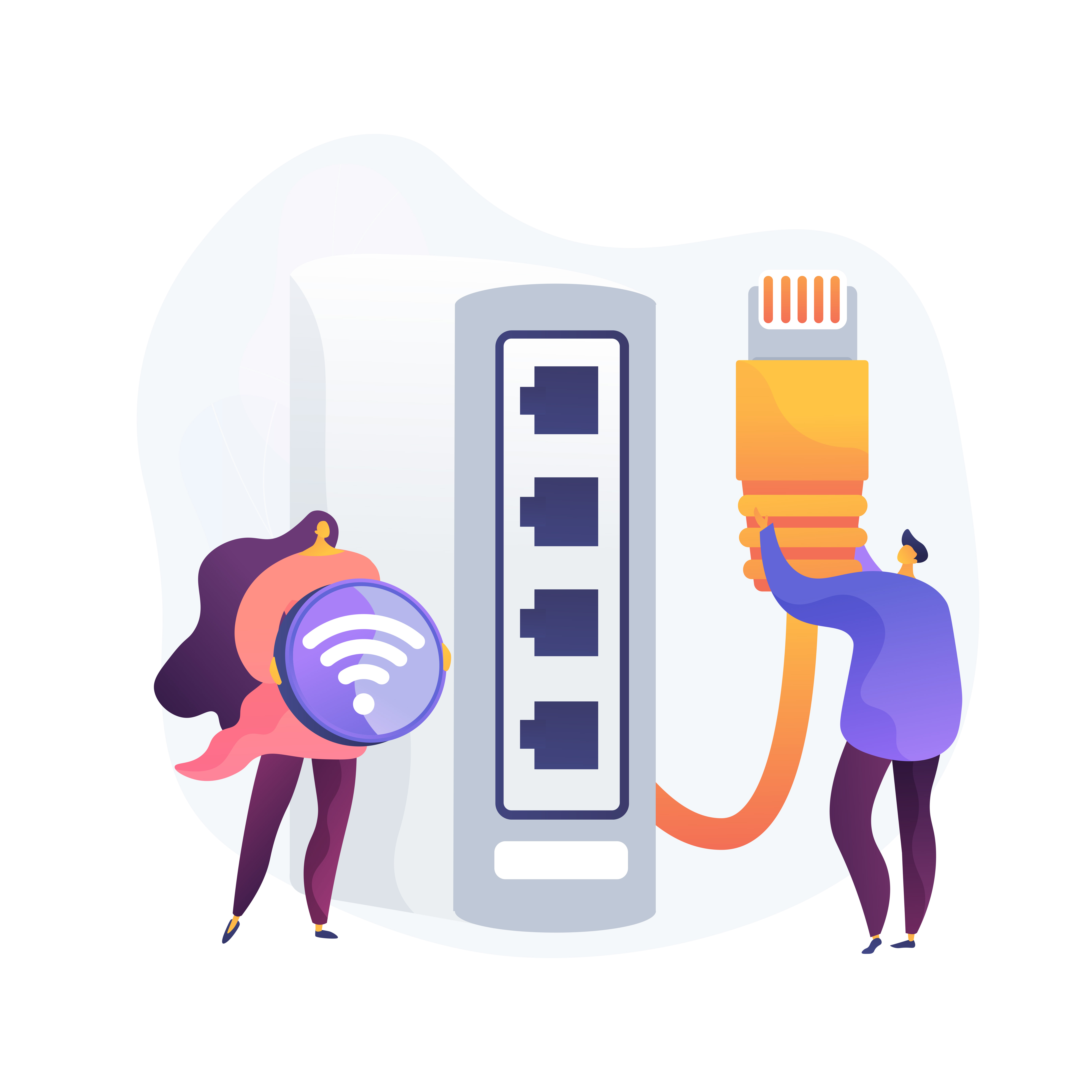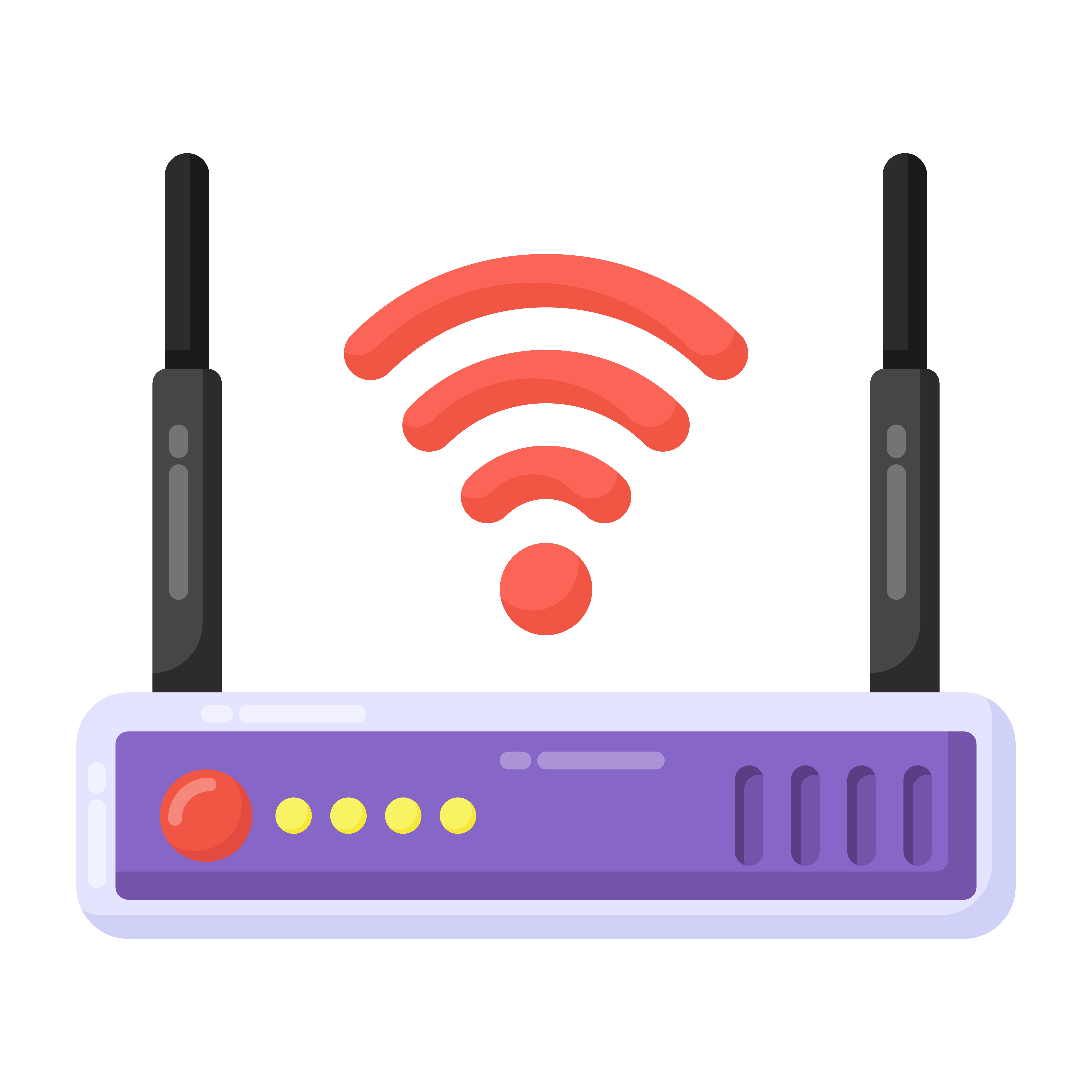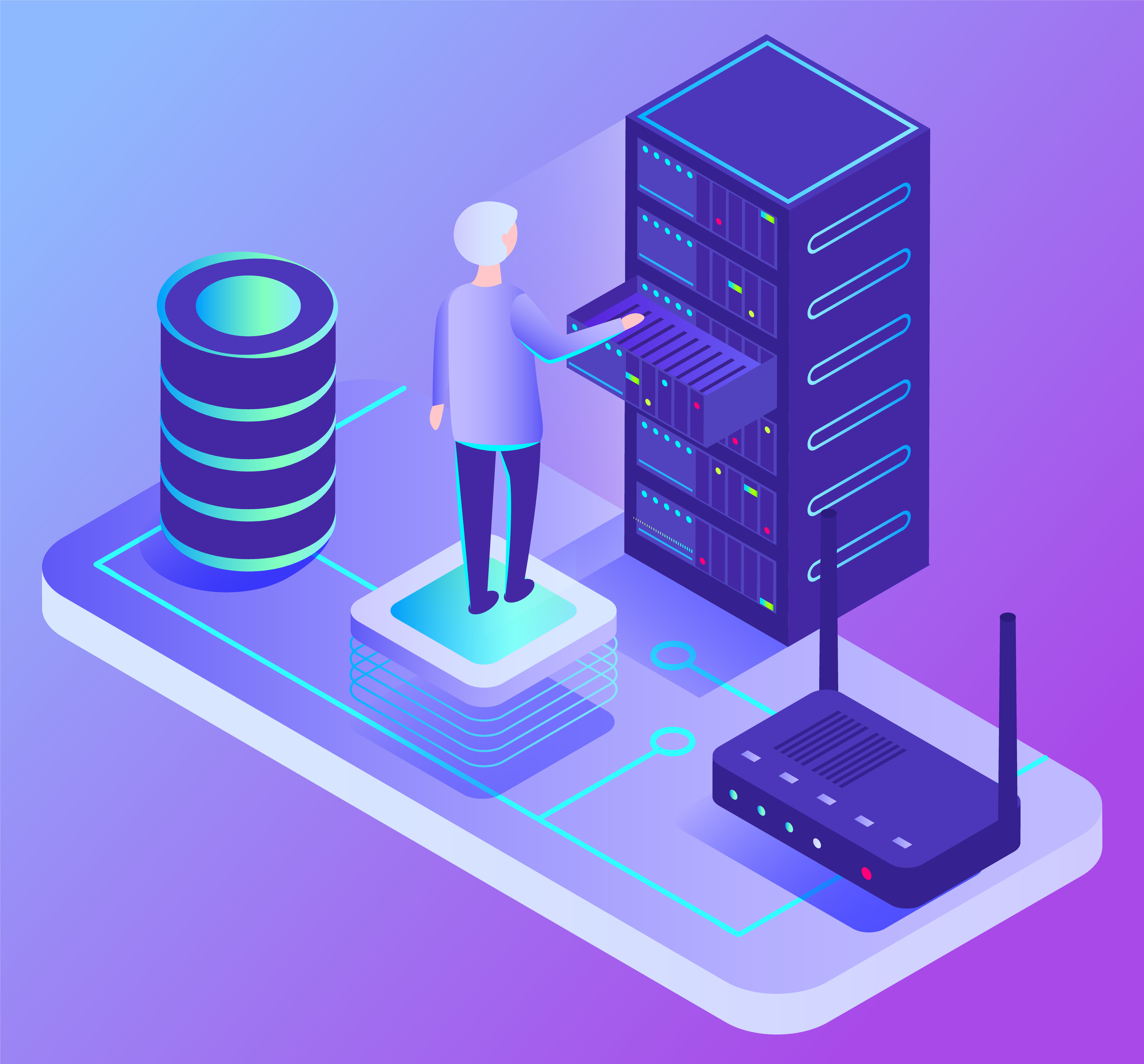
Whether you are working in IT or just interested in it, you have probably come across the word "network" a lot, but how much do you really know about it?
If you are interested in Kubernetes, if you are a web developer working on web-related development, if you are a developer who is about to make the leap from junior to senior, you probably feel the need to know about the network. Especially in recent years, side projects have become more popular, and they are often run on personal servers or through cloud services such as AWS. When you have to set up and run everything yourself, it will be a little easier if you have knowledge about the network.
Also, if you are a non-technical, non-developer working with developers, having some basic network knowledge and concepts will help you communicate and work better.
So, let's take a look at networks.
What is Network?

When people meet, talk to each other, share information, and form relationships, it is called networking. The word network is often used in a variety of ways, whether it is people or things.
The word network is a combination of the words net and work, meaning something that is closely connected to each other, like a net. In its most common IT definition, it is two or more computers that can be connected and communicate with each other. However, in recent years, it has come to include not only computers, but also a wide range of devices that connect to the internet, such as smartphones, laptops, IPTV, robotic vacuum cleaners, and more.
That is why the Institute of Electrical and Electronics Engineers (IEEE) defines it as a data communication system that enables several independent devices to communicate directly with each other over a moderately fast physical communication channel within a suitable area.
Networks allow us to obtain, communicate, and produce a variety of information, such as staying in touch with each other through KakaoTalk and listening to music through streaming sites like Melon.
A network is a concept that encompasses the entire communication process, including both the physical aspects, such as the wires and devices that connect them, and the non-physical aspects, such as the messages and conventions needed to send and receive data.
LAN for localized communications and WAN for wider areas

When we think of a network, we tend to think of it as being virtually connected, but it is actually a bunch of different lines connected to communicate with each other, and devices that turn electrical signals into data.
LAN is short for Local Area Network, which stands for Local Area Network. In layman's terms, if you have a computer, laptop, or other internet-enabled device centered around a router at home, school, or work, this is a form of LAN. It is a small network of geographically close devices connected to each other. That is why LANs are relatively simple to implement because the devices are physically close to each other, and because the wires needed to communicate are short, they are faster and less error-prone to send and receive data.
WAN is short for Wide Area Network, which, as the name suggests, is a wide area network that connects a large area, such as a region or country. A WAN is also sometimes referred to as a connection of smaller networks, usually local area networks (LANs), that are scattered across multiple locations. WANs are physically large in scope and difficult for an individual to implement
Internet service providers such as KT, SK Broadband, and LG U+, which we are familiar with, have installed lines all over the country, and we are using them. Unlike LAN, WAN has a complex structure and can be affected by many physical situations and environments. Therefore, it is characterized by slower speed and higher probability of errors compared to LAN.
Router that guides you through the proper communication paths

As the Internet developed and networks grew in size, it became necessary to have a device that could connect disparate LANs and ensure that data could be properly forwarded from one LAN to another. This device that helps ensure this data is delivered correctly is called a router. The term router comes from the word route, which means path, and it is a device that directs data down the proper communication path so that it arrives at its destination smoothly.
Just like when we use a map app to get directions, it will take us down different paths depending on the situation, the fastest route will change depending on many variables. In addition to directing proper communication paths, routers also find the best path to get you there the fastest.
Routers store information about different routes in advance in a space called the routing table. A routing table is a table that contains the IP address of your final destination and information about the nearby routers you need to pass through to get there, and the most important thing a router does is to organize this routing table so that it can guide you on the best route.
There are two main ways to store routes. Administrators add the contents of the job routing table and the routes are automatically updated by exchanging information with nearby routers. What happens if a router has incorrect information? Each piece of data has a time to live (TTL) in case it gets lost or gets stuck in an infinite loop.
A TTL is a time-to-live indicator for data, which prevents the data from traversing the network indefinitely . It is information included in the header of the data and is expressed as a number from 0 to 255, so that each time it passes through one router, it will be reduced by a certain amount. When this TTL reaches zero, the data is discarded, even if it hasn't reached its destination.
Hubs and switches that send data to other devices on the same network
We just mentioned that a network is two or more computers connected and communicating with each other. What if you have three, four, or more computers that need to communicate with each other? If you had to connect all of them, it would be too complicated, and it would be too expensive to manage. So instead of making complicated connections, the idea is to have a centralized piece of connectivity equipment, and then you connect the computers to that equipment, and they send data back and forth to each other. Each computer can communicate with all of the other devices in the network through a single cable.
Hubs and switches are devices that you use to send data to different devices on the same network. They also connect multiple devices and bring cables together.
A hub is a piece of connectivity equipment that forwards data to all devices connected to it. It uses a broadcast communication method to send data across the network to its destination, where an electrical signal from one port connects to all ports connected to the hub. While the hub's communication method is less burdensome because it doesn't have to figure out which device to send data to, it does have the problem that only one device can send data at a time, which slows down the overall network performance. Another problem is that multiple devices sending data at the same time can cause conflicts.
This is where switches come in to solve these problems. Unlike hubs, switches are devices that identify the device that requested the data when it comes in and forward it to the correct destination and they are unicast, meaning they have only one origin and one destination. Because the switch stores information about the devices connected to it, it can find exactly where the data is going, so even if multiple devices are sending and receiving data at the same time, they will not collide.
Protocols, promises for sending and receiving data

So far, we have seen how various devices communicate with each other, but did you know that if the data you send and receive is in different formats, it is difficult to communicate even if it is the same content? If you request a name, date, and content in that order, but the receiver formats the data as name, content, and date, the date and content will be reversed. To prevent this from happening, the receiver must format the data in the same way in order to receive the data as it was sent. The format of this promised data is called a protocol. Protocols are the most important concept in networks. Without realizing it, we are already communicating with a set of promises.
In order to communicate seamlessly within a network, you must use the right protocol for each situation. When we go online and look at our favorite URLs, we see that they start with http. That is because HTTP is the dominant protocol used for web communication. Other protocols include FTP, the protocol for sending and receiving files.
Protocols play a key role in understanding the flow of a network, so it is important to recognize the role and function of each protocol.
Closing thoughts
In this chapter, you have learned about the concept and overall structure of a network. Once the basic network configuration is complete, using the various devices described above to actually send signals from source to destination and pass data between computers, the next step is to actually communicate. In order for computers to communicate with each other, they must follow a protocol, a set of agreements.
In the next content, we will learn more about these protocols and their varieties. Thank you. 🙂
.svg)
.svg)






